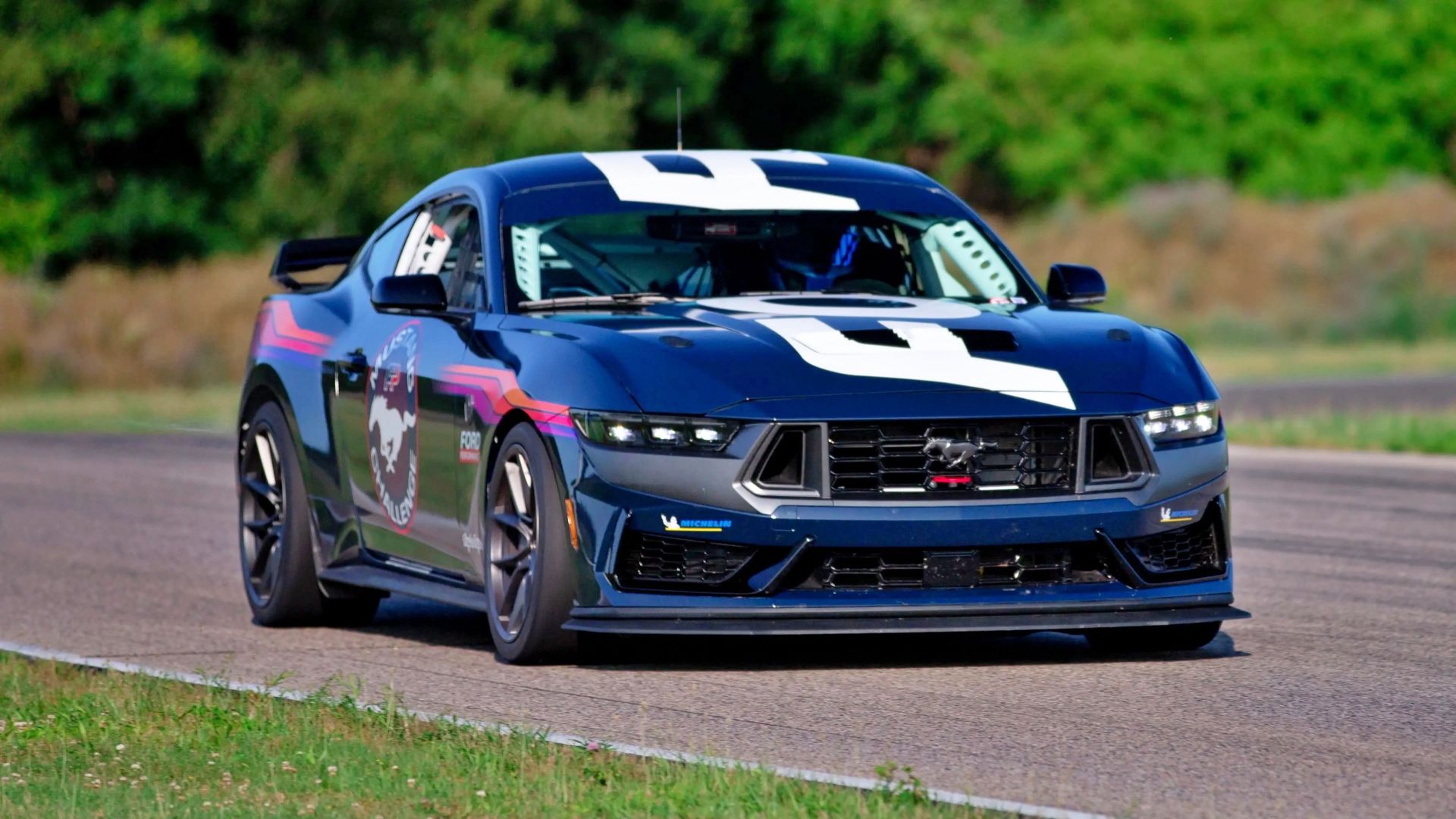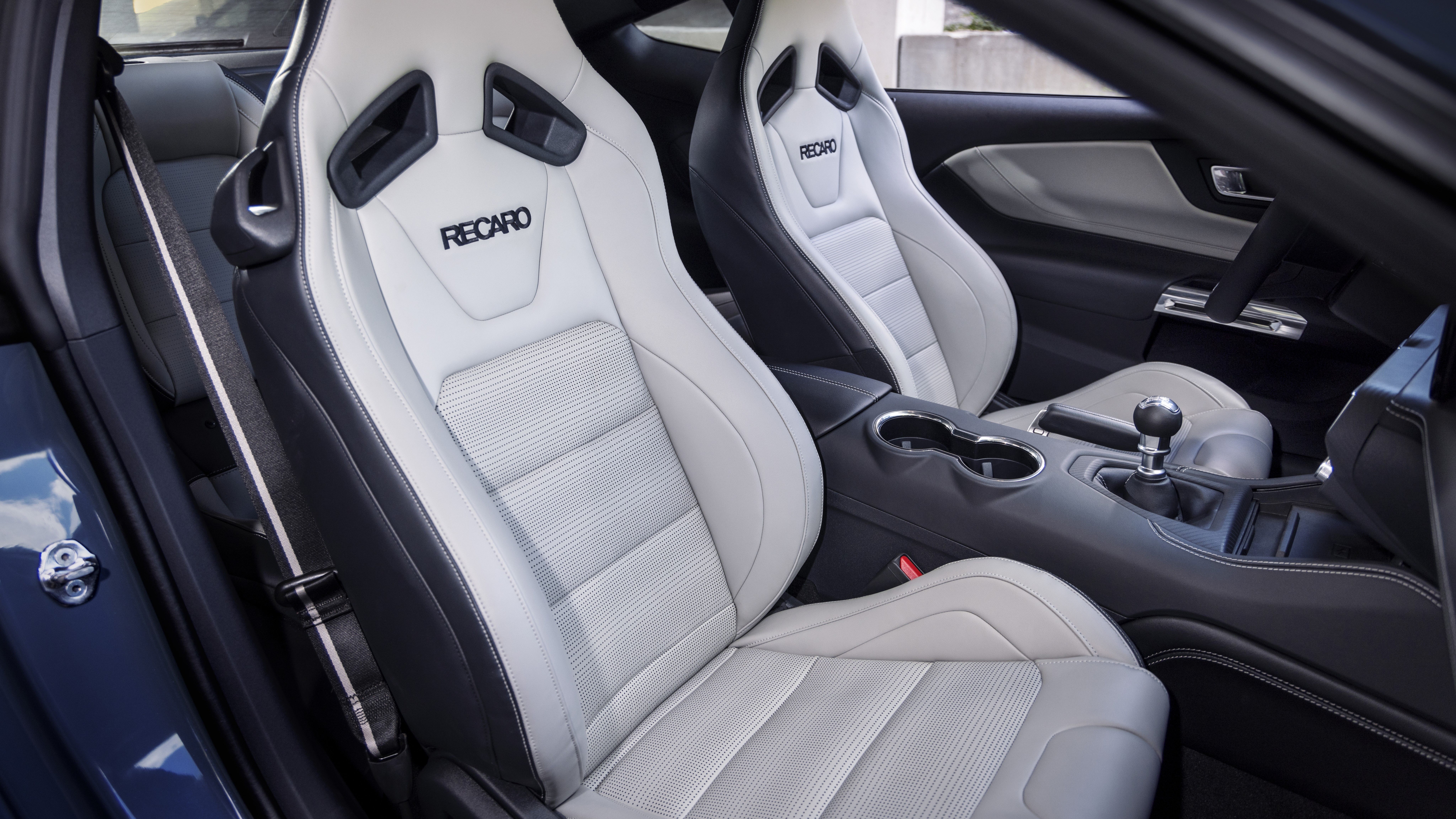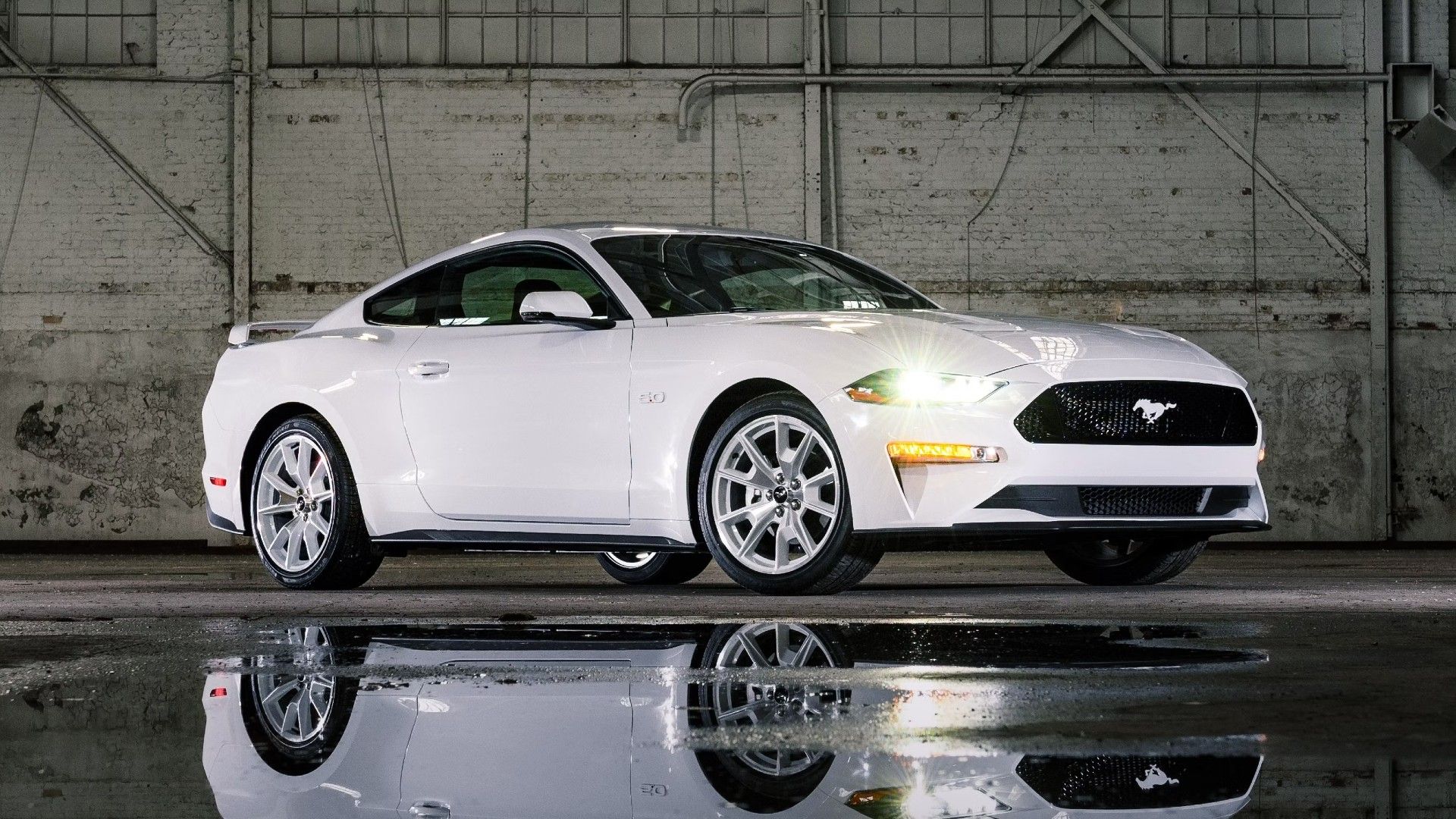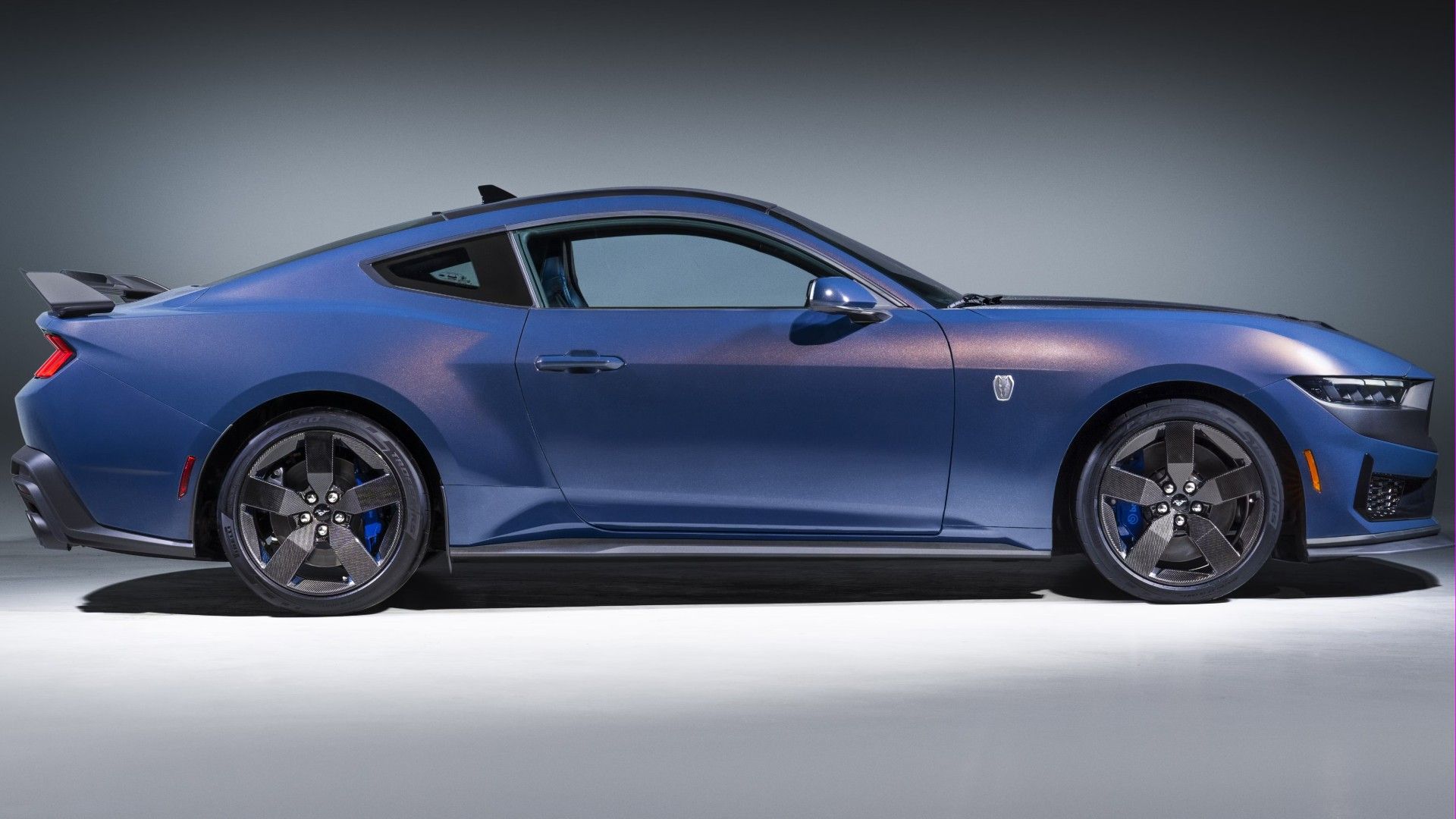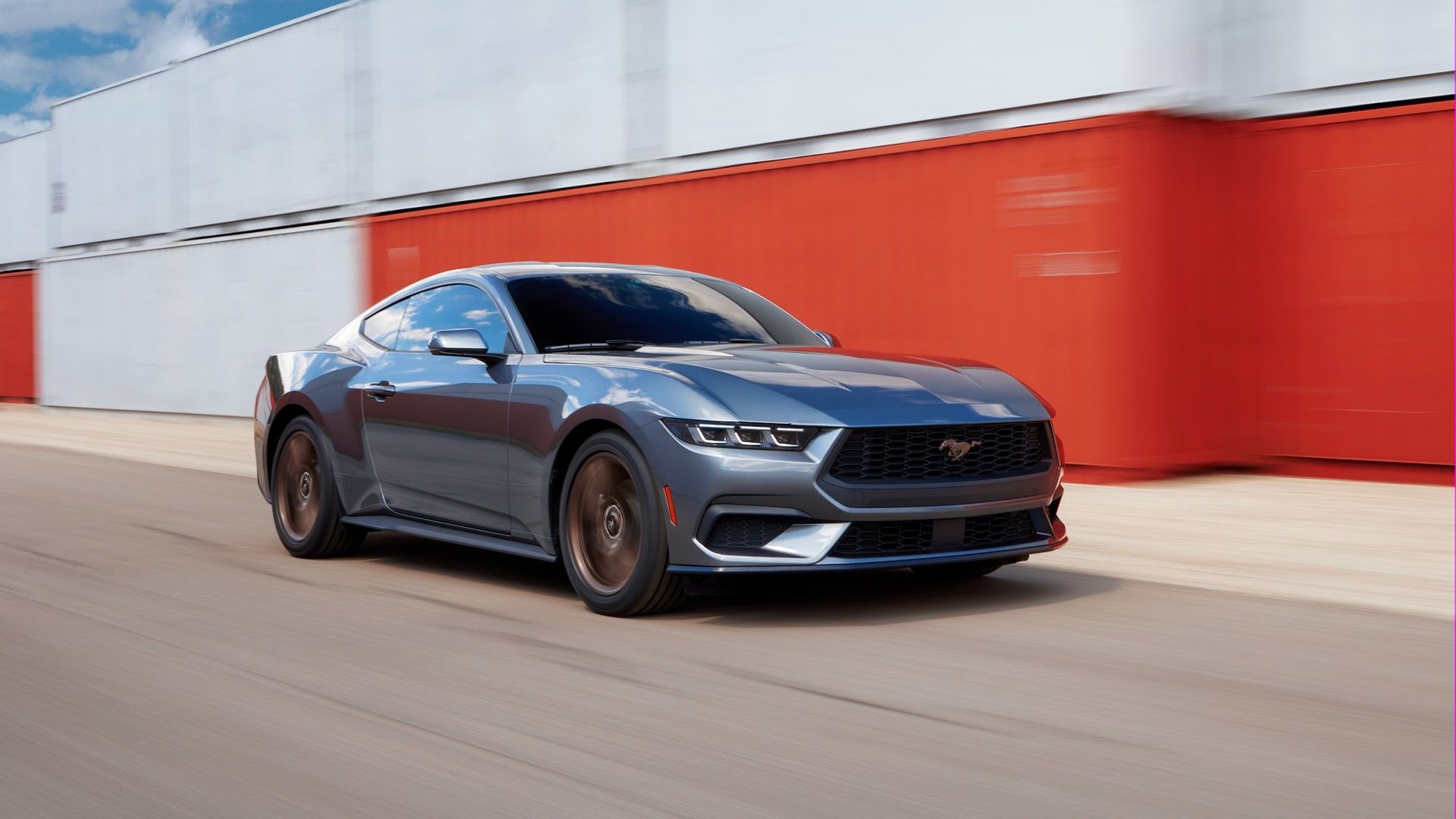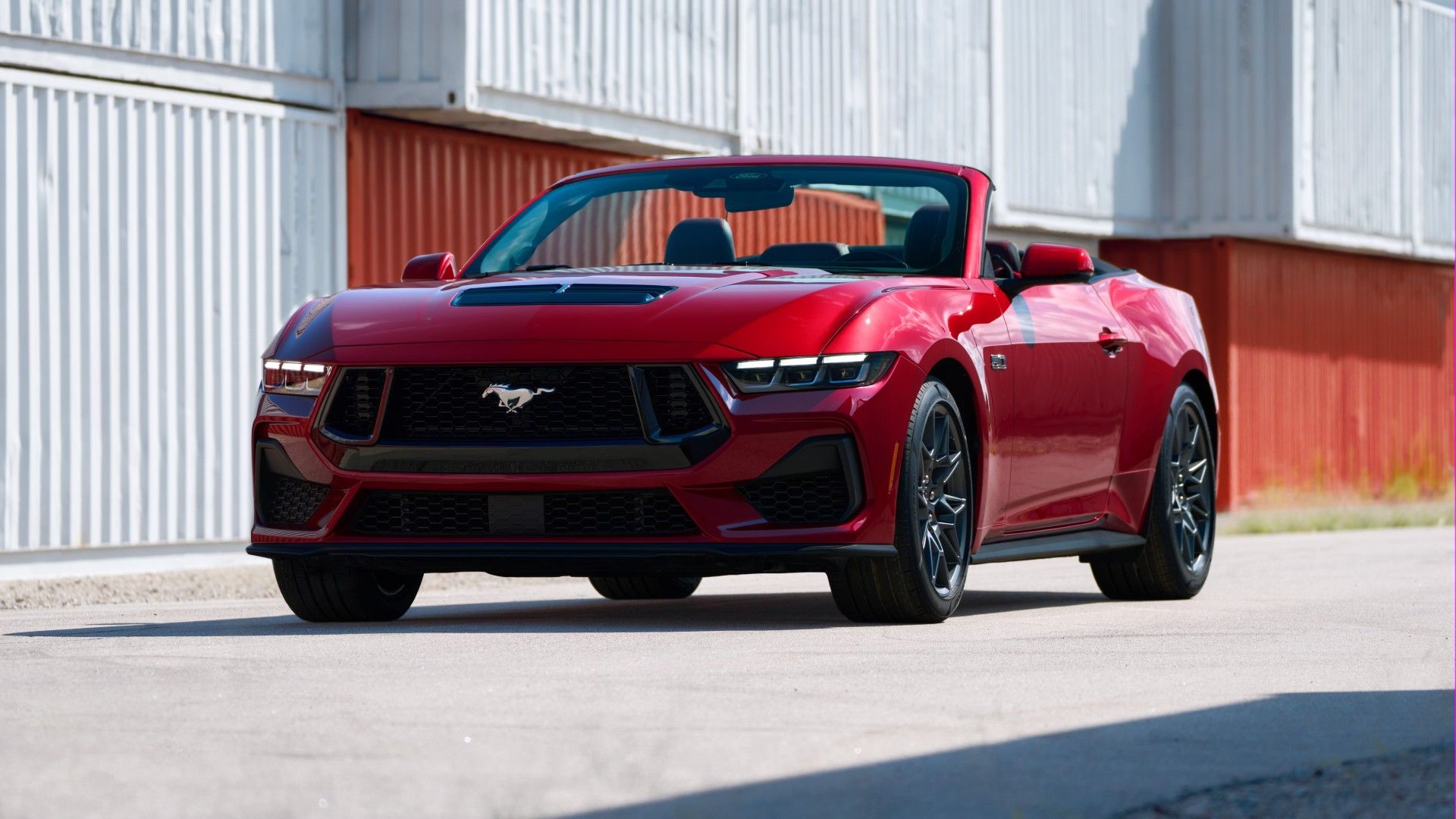Summary
- An electric Mustang would offer thrilling acceleration and extended range, providing a powerful performance and more sustainable future. It would also come with advanced technology for an elevated driving experience.
- The electric Mustang would have better efficiency and driving range compared to its gas-powered counterpart. It would be more economical in terms of maintenance and fuel expenses, making it a cost-effective choice in the long run.
- The electric Mustang would feature improved handling with torque vectoring technology and would offer more interior space, thanks to miniaturization technology. It would also have a front trunk for additional practicality. Its aerodynamic and aesthetically-pleasing exterior would make it stand out from the crowd.
In a modern electric version of Ford’s iconic Mustang, enthusiasts can anticipate thrilling innovations and enhancements. Electric powertrains have immediate and robust torque delivery, offering thrilling acceleration at the touch of a pedal. An electric Mustang would be lightning-fast in its launch, making the driving experience breathtaking. With advancements in battery technology, an electric Mustang would likely have extended range, allowing for longer drives without charging frequently. This would be heavily accentuated by its highly aerodynamic design which would make it more efficient than its gas-powered counterparts. Enjoy exploring the open road with confidence by saying goodbye to range anxiety.
A Mustang powered by electric technology would offer the best of both worlds – performance and eco-friendliness. The result is a powerful performance, reduced carbon footprint, and a more sustainable future. Electric vehicles usually boast advanced technology, and an electric Mustang would be no exception. Cutting-edge technologies will elevate your driving experience, starting with intelligent energy management systems and seamless connectivity. Also, electric vehicles typically have lower operating costs than their gasoline counterparts. With fewer mechanical components and no gas expenses, an electric Mustang would offer potential savings in maintenance and fuel expenses, making it a more economical choice in the long run.
1 Should Boast More Power And Faster Acceleration
To understand the power change experienced on the journey from a gas-powered Ford Mustang to an electric version, comparisons must be made with other vehicles that seem to have taken similar paths. An example is the Porsche Panamera and the Taycan. The Panamera base model is powered by a 2.9-liter twin-turbo V-6 engine that delivers 325 horsepower and accelerates to 60 mph in 5.3 seconds.
The Taycan, on the other hand, produces 402 horsepower from a rear-mounted electric motor and accelerates to 60 mph in 5.1 seconds. It is expected that the Dark Horse Premium Mustang Model with the 5.0-liter V-8 engine that generates 500 horsepower will be swapped for two or three electric motors that will produce over 600 horsepower and faster 0-60 mph times.
2 Better Efficiency And An On-par Driving Range When Compare To The ICE Mustang
The electric Ford Mustang will be built on the same platform as the Mach-E and will have a similar or the same battery pack. The Ford Mustang Mach-E features a 72 kWh standard range battery pack that can produce up to 247 miles of range with an energy efficiency of 103 MPGe. A 91 kWh extended-range battery pack can deliver up to 312 miles of range with an energy efficiency of 98 MPGe.
The electric Mustang will have better aerodynamics and less weight than its SUV sibling, the range will be better and closer to 260 or 270 miles with the standard range and 340 to 350 miles with the extended range. This will still be less range than the gas-powered edition which can deliver up to 388 miles of total driving range from a combined 22 mpg rating.
3 Handling Should Be Perfected In The Electric Version
Torque vectoring technology is best suited to electric motors. Used by Rivian and perfected by Rimac, it is a system controlled by a computer. This ensures each individual wheel receives the optimal amount of power needed from the car’s motors.
The higher trim electric Ford Mustangs would feature multiple motors and an all-wheel drive system where a motor is connected to each axle (or in extreme cases where four independent motors are installed on each wheel) and sends power instantly to each axle or wheel independently. This leads to the maximum reduction in power loss as the motors are connected directly to the axles or wheels. It helps maximize communication between the computer and the wheels and ensures optimal power reaches each wheel in all conditions, thereby, maximizing traction control and neutralizing oversteer and understeer.
4 A Lot More Spacious On The Inside
Lucid Motors cracked the code with improved interior space, creating a mid-size exterior with full-size executive interior dimensions. This was born out of miniaturization technology that drove CEO/CTO, Peter Rawlings. Firstly, an electric Mustang will lack a huge gas-powered engine and a transmission tunnel. This will allow the Mustang to feature an elongated wheelbase in its current exterior dimensions, which in turn will allow for larger interior dimensions and produce more interior room.
If Ford further leverages this miniaturization technology using an 800-volt architecture, not only will it produce a lightning-quick Mustang, it will further reduce the space bigger electric motors would have occupied, opening up more interior space than comparable electric vehicles and allowing for an even larger wheelbase. This will give the Mustang a two-door sports car exterior with a mid-size sedan interior.
5 The Presence Of A Front Trunk To Improve Practicality
The most conspicuous difference between electric vehicles and gas-powered vehicles is the absence of a traditional gas-powered engine. The regular Ford Mustang currently features a 13.5 cubic feet boot which is further reduced to 11.4 cubic feet in convertible trims. The absence of a gas-powered engine in the electric version will free up space under the hood of the car for a front trunk, or a frunk, as it’s commonly called.
Keeping with vehicles of similar size like the Tesla Model 3 and the Audi e-tron GT, it is safe to assume it could squeeze in two to four cubic feet of front trunk space under the hood. In addition to the 13.5 cubic feet boot, that would mean an electric Ford Mustang will have extra storage capacity for a small carry-on or smaller groceries.
6 An Aerodynamic And Aesthetically-pleasing Exterior
Ford Mustang would return to electric as sleek, combining aerodynamic elements and aesthetic features to create a stunning vehicle that will stand out from the crowd. Its low, wide body will reduce drag and improve stability. The front grille would potentially be replaced by a smooth, LED-lit surface like the Rivian twins that will display the Mustang pony logo and change color based on the driving mode. Integrated headlights will create a seamless look.
Dive planes, side vents, an underbelly, and a diffuser will channel air to cool the brakes, improve airflow and increase efficiency. It will feature a retractable rear spoiler that adjusts to speed. Aero wheels in addition to looking aesthetically pleasing, will reduce energy consumption by as much as 4.5 percent by reducing wind resistance and turbulence in the process.
7 Reduced Running Costs
An electric Ford Mustang would require fewer mechanical components than the combustion engine version, and this would result in significantly reduced maintenance costs. Replacing the roaring legacy gas-powered engine with electric motors means no oil changes, spark plug replacements, and complex transmission systems. These constitute the majority of maintenance costs and eliminating them cuts into a major source of expense.
In addition to this, electric systems have a reputation for longevity, especially due to the fewer parts they have that need regular maintenance or replacement. While the initial acquisition costs of an electric Mustang may exceed the gas-powered version, the long-term savings, which will include no fuel costs, will offset this difference. Fuel prices are high, volatile, and unpredictable, while electricity bills are less and better controlled, especially since they can be self-generated at home.
8 The Use Of Batteries Means A Higher Overall Weight
Still talking about the electric vehicle battery, it constitutes the heaviest component of the vehicle. This is the primary reason why Tesla began putting batteries on the floor of their vehicles. This is to use their weight to shift the vehicle’s center of gravity closer to the floor. This makes electric vehicles very steady while driving but extremely heavy.
For example, the Porsche Panamera base model weighs 4,222 pounds compared to the Taycan’s 4,568 pounds. For this reason, to still improve efficiency and to combat the effects of this increased weight, electric vehicles are made to be more aerodynamic than their gas-powered counterparts. This will mean the Ford Mustang’s 3,532 pounds weight will exceed 4,000 pounds if remade as an electric vehicle. And that would be for the standard range model.
9 Much More Expensive Than The ICE Mustang
Due to how relatively new the electric vehicle technology still is even more than a decade after going into true mass production, the prices of the vehicles still exceed that of their gas counterparts. Electric vehicle technology is largely dependent on innovations in battery technology. The battery of an electric vehicle constitutes the most expensive part of the vehicle and the bigger the battery, the more expensive the cost.
If the battery of a Tesla Model 3 could cost $13,000 to replace, and the battery of a Ford Mustang Mach-E to upgrade to the extended range which adds about 60 miles of range to the standard range would cost an additional $7,000 on the base MSRP, a base gas-powered $30,920 Ford Mustang would cost at least $37,920 in electric.
10 Sound Emulator To Mimic The Sounds Of The V-8 Engine
In an electric Ford Mustang, gone would be the symphony of its rumbling V8 engine in favor of the graceful, effortless acceleration of its electric motor(s). For purists, imagining a Ford Mustang gliding through the streets without the roar of its powerful gas-powered engine but only the sound of tires gripping the pavement would be disheartening, so Ford may use speakers within the cabin to produce engine sounds according to the speed of the vehicle like Rimac does with the Nevera.
Other than that, the absence of engine noise would create a sense of tranquility that would allow drivers to fully immerse themselves in the driving experience while appreciating the beauty of their surroundings. This wouldn’t remove the whine of electric motors that keep increasing when the vehicle climbs in top speed though. A far-fetched option, but perhaps a sound emulator to mimic the sounds of a V-8, or something like what Dodge has done with the electric Charger?
Source
https://www.topspeed.com/all-electric-ford-mustang-what-we-expect/



